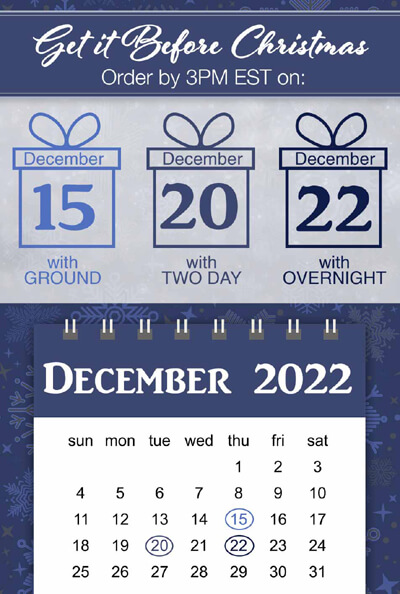- Styles
- Subjects
- Rooms
- Artists
- Products
- Pictures To Art
- More
More Subjects
Other Popular Artists
-
- Shop for Art by
-
Styles
-
Subjects
-
Room
-
Top Artists
-
Products
-
Best Sellers
-
What's New
- Find Inspiration
-
Artist Interviews
-
Art Buying Guides
-
Travel the World
What our customers are saying:
Can I just say, without intending to patronize, I really appreciate the efficient and professional way you handled my inquiry. You understood my deadline problems and did your best to help, keeping me informed and re-assured at all times. Great customer service, and I shall certainly recommend Fulcrum Gallery to anyone who'll listen!
Roger from London, Great Britain
Roger from London, Great Britain
SAVE 10%
ON YOUR ORDER
Invalid email address. Please try again.
By submitting your information, you agree to receive emails marketing notifications from FulcrumGallery.com.
You must agree to the terms above to continue.
offer applies to new email sign-ups.
no thanks
THANK YOU!
USE CODE: WELCOME10
To take an additional 10% off your order.
© 2024 FulcrumGallery.com.
All rights reserved.











